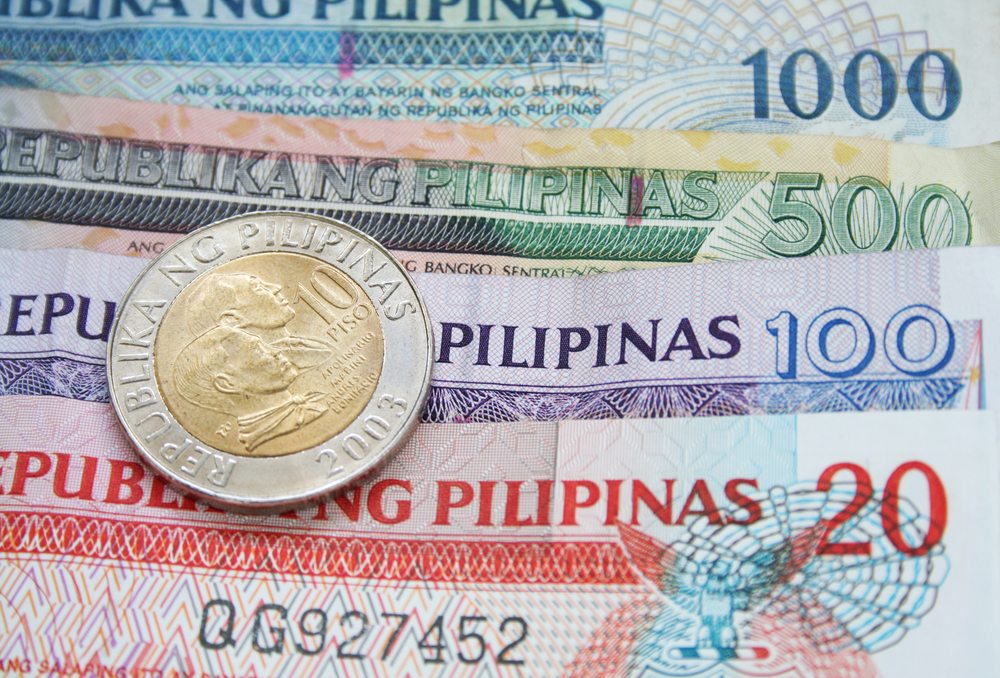Breaking
Old peso bills phased out by 2017, BSP-Bicol reminds public
LEGAZPI CITY – Stop holding on to your old peso bills!
Let them out of your money boxes now as the Bangko Sentral ng Pilipinas (BSP) is now in the process of demonetizing these old banknotes belonging to the New Design Series (NDS).
The process that took off last Jan. 1 is in line with the provisions of Republic Act No. 7653, otherwise known as the New Central Bank Act, which authorizes the BSP to replace banknotes that are more than five years old in circulation.
It is also part of the central bank’s intention of preserving the integrity of the Philippine currency, given that the NDS bills have been in circulation for almost three decades now and to adopt the change in currency design being practiced by other central banks around the world.
In a statement Monday, BSP Legazpi City branch manager Cynthia Ariola advised the public that the NDS banknotes may only be used in cash transaction up to Dec. 31, 2015.
By January 1, 2016, such peso bills with denominations of 5, 10, 20, 50, 100, 200, 500 and 1,000 will no longer be accepted as payment for transactions, Ariola said.
She, however, clarified that the old green Emilio Aguinaldo five-peso bill and the brown Php10 bearing the faces of Andres Bonifacio and Apolinario Mabini, which have been out of production for years, remain as legal tender and may be exchanged for the new coins until the end of the demonetization period.
On the other hand, government institutions holding in trust NDS series which could not be exchanged during the prescribed period — such as banknotes used as evidence in litigation cases — will have to request the BSP Cash Department in writing, within the period of exchange, for a special exchange arrangement.
For overseas Filipinos who have in their possession NDS banknotes which could not be exchanged within the prescribed period, they may register online starting Oct. 1, 2016 to Dec. 31, 2016 through the BSP website.
These NDS banknotes may be exchanged with the BSP within one year from date of registration, Ariola said.
She said that starting Jan. 1 until Dec. 31, next year, the public may exchange with banks as well as with BSP Central Office or branches all over the country their NDS banknotes with the New Generation Currency (NGC) Series at full face value.
She stressed that starting Jan. 1, 2017, NDS banknotes that have not been exchanged shall no longer have any monetary value, being already considered officially demonetized.
The demonetization, she said, will pave the way for the circulation of a single currency series in the country – the NGC Series issued on Dec. 16, 2010 that uses new and enhanced security features for the protection of the public against counterfeiters.
The new bills are also more durable with the lower denominations, even having antibacterial properties that make them more resistant to wear and tear.
Local peso bills are still manufactured using paper and other natural fibers, despite the shift of other jurisdictions to plastic notes that are much more expensive to produce and fade easier.
Plastic money also does not hold up well to being folded several times, making it unsuitable for countries like the Philippines where paper money is often crumpled and placed in pockets.
The new banknote designs for the Php20, Php50, Php100, Php200, Php500 and Php1000 denominations are made from 80 percent cotton and 20 percent locally produced abaca fiber.
These bills contain more vivid colors, improved security features and the theme of highlighting Filipino world heritage sites and natural wonders such as the Mayon Volcano, Banawe Rice Terraces, Chocolate Hills and Tubbataha Reef, among others.
These new features have been recognized by the International Association for Currency Affairs (IACA) at a Currency Conference in Singapore in October 2011.
The IACA awards currencies based on its design, innovation and security features.
The NGC was one of the finalists for the “Best New Banknote Serie”‘ open only to banknotes released for circulation in the last 18 months.
The Ugandan shilling notes won the award and the Sri Lankan rupee placed as a runnerup.
The NGC’s Optically Variable Device (OVD) patch also garnered the “Best New Currency Feature” at the conference.
Seen only on the Php500 and Php1000 bills, this patch is a color-changing reflective foil that shows a parrot in the BSP logo for the Php500 bill and the South Sea Peal in the clam of the Php1000 bill.
Ariola also said that the current demonetization process covers only banknotes with coins to follow later as new designs are still being prepared.
She even warned the public to closely examine peso bills to check for security features before accepting them as counterfeiters have been trying to circulate fake NGC series banknotes given that last year, the BSP confiscated various pieces of suspicious bills, most of them in Php500 and Php1,000 denominations.
She also urged the public to handle the banknotes with care as she reminded on Presidential Decree 247 that prohibits and penalizes the defacement, mutilation, tearing, burning or destruction of notes and coins.
Bill mutilation such as removing the security threat, crumpling, stapling and writing on it is penalized with a fine of Php20,000 or five-year jail term, she said, adding that such disfigurement makes the bill loss its monetary value, prompting the BSP to collect and put them out of circulation that requires replacement at government cost.






















